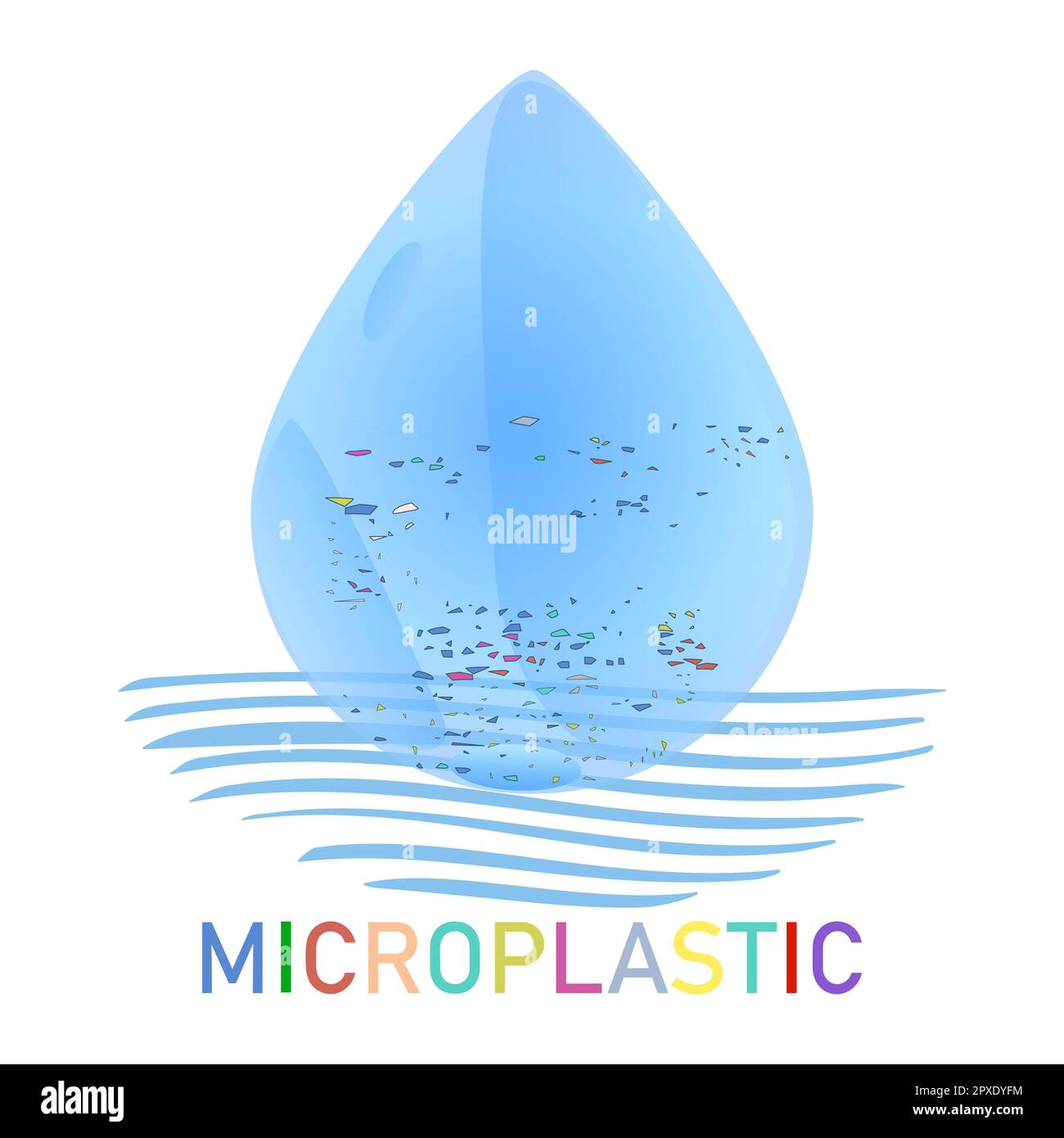Millions Exposed: Shocking Report On Contaminated US Drinking Water

Table of Contents
Sources of Contamination in US Drinking Water
The contamination of US drinking water stems from a multitude of sources, creating a complex problem demanding multifaceted solutions.
Aging Infrastructure: A Crumbling Foundation
Decades of underinvestment in our nation's water infrastructure have left many communities with aging pipes, leading to significant contamination risks. Lead leaching from old pipes is a particularly serious concern, especially impacting children whose developing bodies are highly vulnerable to its neurotoxic effects. Cities like Flint, Michigan, tragically illustrate the devastating consequences of neglecting water infrastructure. Leaks in aging pipes can also introduce bacteria and other pathogens into the water supply. This isn't just a problem in isolated communities; it's a nationwide issue threatening millions.
- Lead contamination: Damages the nervous system, particularly in children.
- Corrosion: Breaks down pipes, leading to leaks and further contamination.
- Lack of regular maintenance: Increases the risk of pipe failure and contamination.
Industrial Waste and Runoff: A Toxic Cocktail
Industrial pollutants and agricultural runoff pose another significant threat to the nation's water supply. These sources introduce a range of harmful contaminants, including:
- Pesticides: These chemicals used in agriculture can contaminate groundwater and surface water, leading to various health problems.
- PFAS (Per- and polyfluoroalkyl substances): "Forever chemicals" that persist in the environment and have been linked to serious health issues.
- Heavy metals: Industrial discharge can release heavy metals like mercury, cadmium, and chromium into water sources.
While legislation like the Clean Water Act aims to regulate industrial discharge, enforcement and the sheer volume of industrial activity often leave loopholes, resulting in ongoing contamination.
Naturally Occurring Contaminants: A Geographic Challenge
Some contaminants occur naturally in groundwater, such as arsenic and radon. These contaminants are not always easily removed through conventional water treatment processes. The prevalence of these naturally occurring contaminants varies significantly depending on the geological characteristics of different regions.
- Arsenic: A known carcinogen, frequently found in groundwater in certain parts of the country.
- Radon: A radioactive gas that can seep into groundwater and pose a significant health risk.
- Geological variations: Different regions face unique challenges from naturally occurring contaminants.
The Health Impacts of Contaminated Drinking Water
Consuming contaminated drinking water poses serious health risks, both short-term and long-term.
Waterborne Diseases: An Immediate Threat
Exposure to contaminated water can lead to a range of waterborne diseases, including:
- Cholera: A severe diarrheal illness that can be fatal if left untreated.
- Typhoid fever: A bacterial infection that can cause high fever, headache, and abdominal pain.
- E. coli infections: Can cause diarrhea, vomiting, and stomach cramps.
The symptoms of these illnesses vary in severity, depending on the specific contaminant and the individual's immune system.
Chronic Health Issues: A Long-Term Burden
Long-term exposure to contaminants in drinking water can lead to chronic health problems, such as:
- Cancer: Exposure to certain chemicals, such as arsenic and some pesticides, significantly increases the risk of various cancers.
- Developmental problems (especially in children): Lead exposure can cause irreversible neurological damage in children, affecting their cognitive development and learning abilities.
- Organ damage: Exposure to heavy metals can damage vital organs, such as the kidneys and liver.
The CDC and EPA provide extensive data on the health impacts of contaminated water, highlighting the urgent need for effective solutions. [Link to CDC resource] [Link to EPA resource]
Who is Most Vulnerable to Contaminated Drinking Water?
Certain populations are disproportionately vulnerable to the impacts of contaminated drinking water.
- Children: Their developing bodies are more susceptible to the harmful effects of toxins.
- Elderly: Often have weakened immune systems, making them more vulnerable to waterborne illnesses.
- People with weakened immune systems: Individuals with compromised immune systems are at a higher risk of severe complications from waterborne diseases.
Low-income communities and communities of color frequently face a disproportionate burden of contaminated water, raising critical environmental justice concerns. These communities often lack the resources to advocate for clean water and are more likely to be located near industrial sites or have aging infrastructure.
What Can Be Done About Contaminated US Drinking Water?
Addressing the problem of contaminated US drinking water requires a multi-pronged approach.
Infrastructure Upgrades: Investing in the Future
Significant investment is needed to upgrade and modernize our nation's aging water infrastructure. This includes replacing lead pipes, improving water treatment facilities, and enhancing leak detection and repair systems.
Stricter Regulations and Enforcement: Holding Polluters Accountable
Stronger regulations and more effective enforcement are crucial to prevent industrial and agricultural pollution from contaminating water sources. Increased monitoring and penalties for violations are essential.
Public Awareness and Education: Empowering Communities
Public awareness campaigns can educate communities about the risks of contaminated water and empower them to demand safer drinking water. This includes providing information on water quality testing and available resources.
Personal Water Filtration: Taking Control
While not a comprehensive solution, home water filters can provide an additional layer of protection against contaminants. However, it's crucial to choose filters that effectively remove the specific contaminants present in your local water supply.
[Link to relevant organizations and resources]
Taking Action on Contaminated US Drinking Water
The report's findings are stark: millions are exposed to dangerous contaminants in their drinking water, posing serious short-term and long-term health risks, particularly to vulnerable populations. The sources of this contamination are multifaceted, ranging from aging infrastructure and industrial pollution to naturally occurring contaminants. The urgency of this problem cannot be overstated. We must demand immediate action.
Contact your elected officials to advocate for increased investment in water infrastructure and stronger regulations. Support organizations working to ensure access to safe drinking water for all. Check your local water quality reports and consider investing in a home water filter to protect your family. Let's work together to resolve the crisis of contaminated US drinking water and secure a future where clean, safe water is a right, not a privilege, for everyone.

Featured Posts
-
 Nba Playoffs Charles Barkleys Take On The Warriors Timberwolves Matchup
May 15, 2025
Nba Playoffs Charles Barkleys Take On The Warriors Timberwolves Matchup
May 15, 2025 -
 Second Round Playoffs Best Bets In Nba And Nhl
May 15, 2025
Second Round Playoffs Best Bets In Nba And Nhl
May 15, 2025 -
 Padres Historic Mlb Feat Unmatched Since 1889
May 15, 2025
Padres Historic Mlb Feat Unmatched Since 1889
May 15, 2025 -
 Will The Maple Leafs Clinch A Playoff Berth Wednesday Against The Panthers
May 15, 2025
Will The Maple Leafs Clinch A Playoff Berth Wednesday Against The Panthers
May 15, 2025 -
 The Role Of Xis Advisors In Securing A Major Us China Deal
May 15, 2025
The Role Of Xis Advisors In Securing A Major Us China Deal
May 15, 2025
